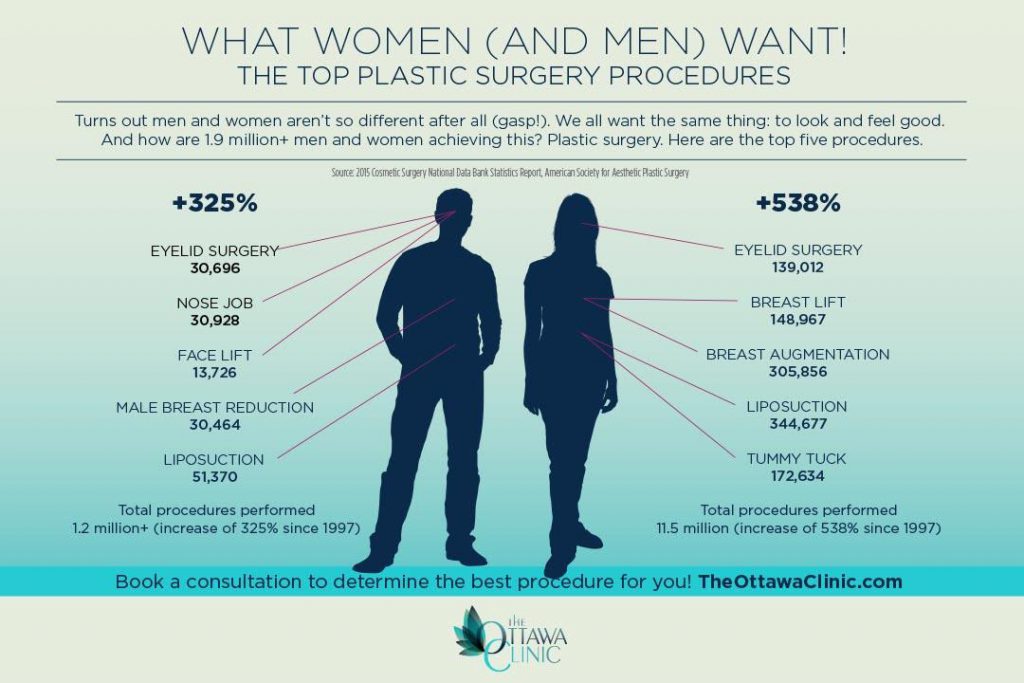AHAs are a crucial ingredient for unclogging pore obstructions and brightening acne-prone skin. They function by breaking down dead skin cell accumulation to promote more recent, fresher cells, and avoiding future obstructions.
Developing topical AHAs necessitates thorough focus to different essential factors that dramatically affect their effectiveness and tolerability. Keeping the ideal pH variety, along with lorry choice and focus, magnifies their exfoliative qualities while mitigating possible negative reactions.
Glycolic acid
Glycolic acid is recognized for its moderate yet effective scrubing residential properties, which promote skin's all-natural dropping and loosen the "adhesive" that holds dead cells externally of the skin. This helps unblock pores and reduce the appearance of great lines and wrinkles, along with enhance total skin texture and tone.
Surprisingly, topical glycolic acid has actually likewise been shown to boost the production of collagen, which is crucial in maintaining skin's suppleness and elasticity. It is important to keep in mind, nevertheless, that because glycolic acid can boost the skin's sensitivity to sunshine, it is important to wear sun block when using any kind of items containing this active ingredient.
Skin specialists pay careful interest to the formulation of items including AHAs in order to maximize their effectiveness and tolerability. Formulating AHAs with the proper car, in addition to pH and concentration factors to consider, enables optimal skin penetration while minimizing prospective adverse responses. This is particularly vital for patients with delicate skin, since AHAs are recognized to be mildly annoying.
Lactic acid
Lactic acid is found in lots of over-the-counter skin treatment products and some more powerful specialist peels and treatments. It has the most affordable molecular weight of all the AHAs and has the ability to penetrate much deeper right into the skin, where it is much more efficient at unclogging pores and scrubing.
Like glycolic acid, it also promotes collagen synthesis, which aids reduce great lines and wrinkles and enhance skin appearance. Additionally, it has moisture-retention residential properties, that makes it more suitable for drier skin types than various other AHAs.
The extensive body of scientific information substantiating the effectiveness of topical AHAs sustains their energy in a wide variety of skin-related ailments and aesthetic issues. These consist of detailed skin rejuvenation procedures, depletion of great lines and wrinkles, lightening of hyperpigmentation, restorative treatment for actinic keratosis, and acne monitoring [2] Optimizing the formula of AHAs by stabilizing pH, focus, and vehicle choice additionally boosts their healing potential. These cautious considerations allow skin doctors to deliver safe and efficient therapies that supply premium clinical results.
Mandelic acid
Mandelic acid, originated from almonds, is one more prx skincare member of the AHA household and is a prominent component in items that aid deal with acne. Its larger molecular size indicates it passes through the skin more slowly and carefully, which can decrease the capacity for inflammation. It's additionally much less most likely to cause soreness and various other skin level of sensitivity concerns, making it ideal for sensitive skin types.
Mandelic Acid is thought to help reduce inflammation and boost hydration. It works by loosening the bonds between dead skin cells, allowing them to shed and disclose fresher-looking skin. It additionally helps in reducing the look of enlarged pores.
Creating topical items with AHAs calls for a precise equilibrium of essential elements that considerably affect their effectiveness and tolerability. Particularly, the pH of an AHA formula has actually been shown to play a vital function in its capability to promote exfoliation and enhance skin tone and texture. Attaining this optimum focus is a tough objective and needs precise interest to the various factors that impact the formulation procedure.
Citric acid
Citric acid, located in citrus fruits such as oranges and lemons, is a moderate AHA. It's less irritating than glycolic or lactic acid, making it preferable for delicate skin. It likewise has astringent residential properties, assisting to dry out excess oil.
Like other AHAs, citric acid can be made use of in chemical peels and day-to-day active/maintenance therapies to exfoliate the skin and promote cell turnover. It can help in reducing the look of dark spots and hyperpigmentation, as well as great face lines.
It can also increase the synthesis of glycosaminoglycans, which play an important duty in enhancing the skin barrier function. This aids to prevent trans-epidermal water loss, and maintain optimum hydration degrees in the skin [35]
AHAs can be integrated with soothing ingredients such as ceramides or hyaluronic acid to boost their tolerability. They can be integrated into daily active/maintenance skincare via lotion or serum solutions. This permits professionals to tailor their AHA therapies based on patient demands and preferences, with the adaptability of picking from various treatment strengths or focus.
